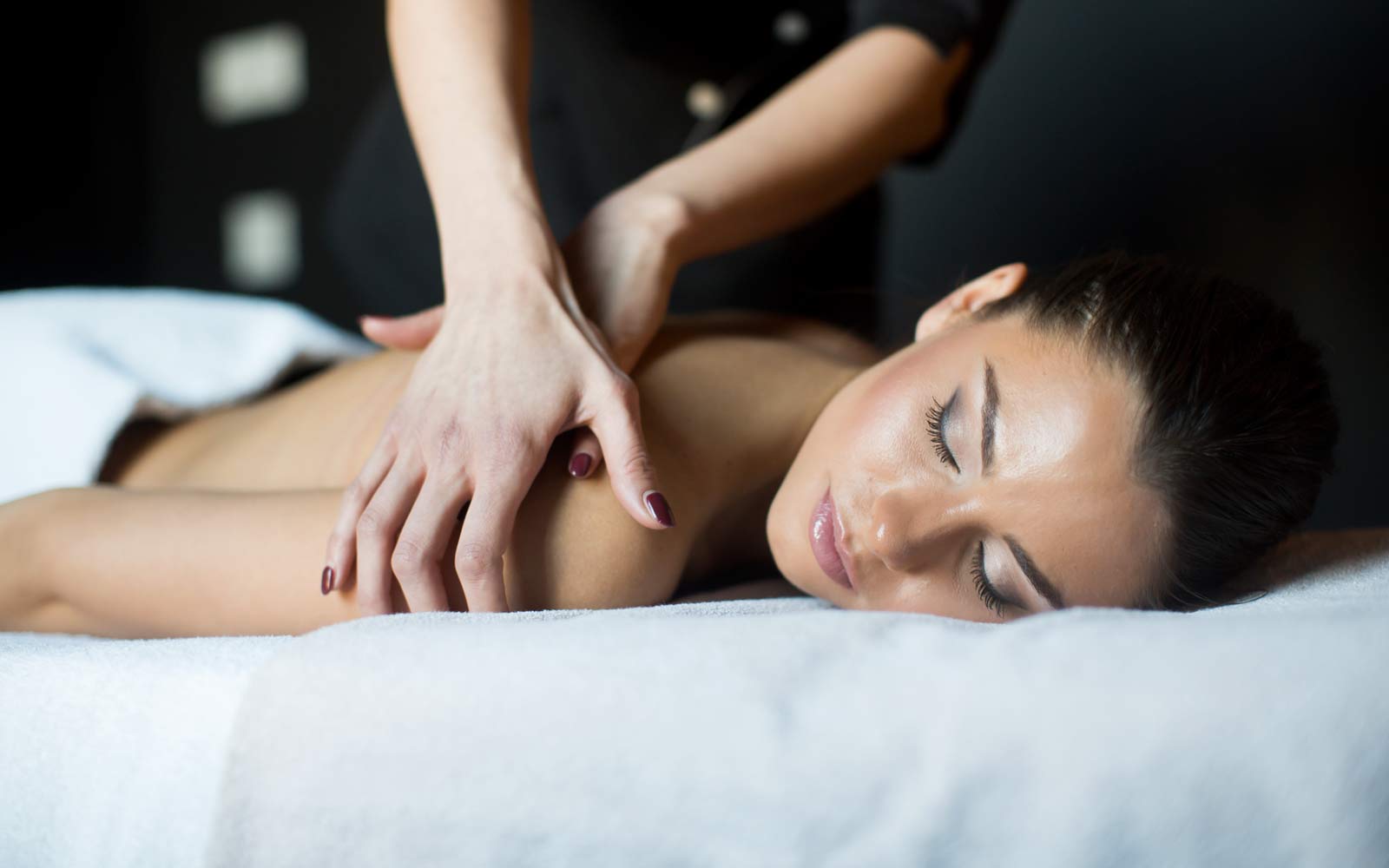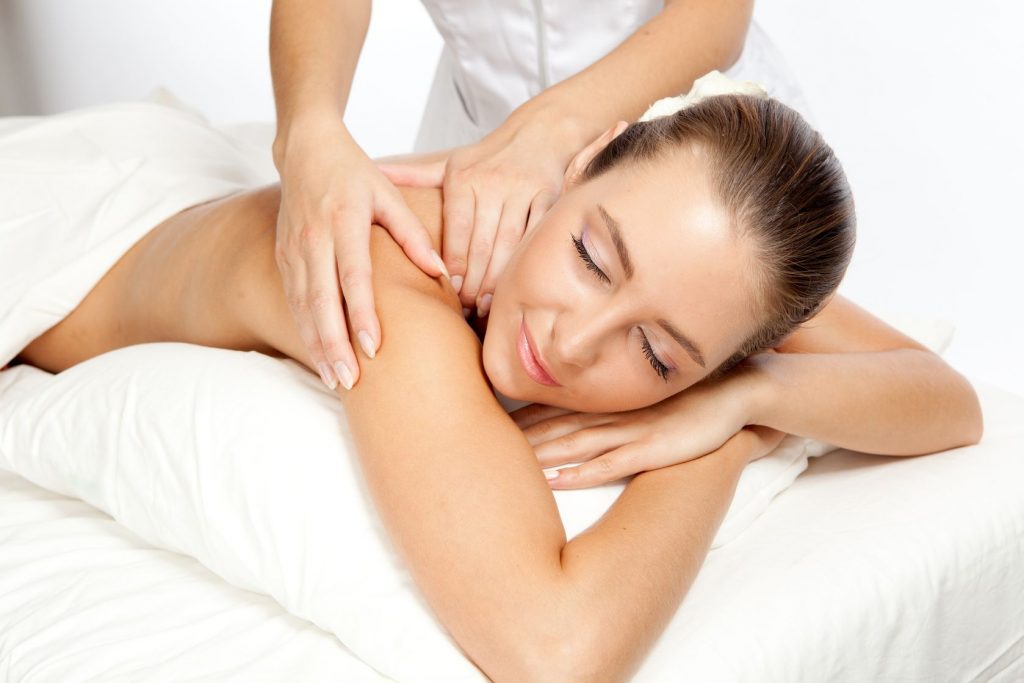 Chua K’a massage in London, UK
Chua K’a massage in London, UK

London is the capital city of England and the United Kingdom, and the largest city, urban zone and metropolitan area in the United Kingdom, and the European Union by most measures. Located on the River Thames, London has been a major settlement for two millennia, its history going back to its founding by the Romans, who named it Londinium. London’s ancient core, the City of London, largely retains its square-mile mediaeval boundaries. Since at least the 19th century, the name London has also referred to the metropolis developed around this core. The bulk of this conurbation forms the London region and the Greater London administrative area, governed by the elected Mayor of London and the London Assembly.
London is a leading global city, with strengths in the arts, commerce, education, entertainment, fashion, finance, healthcare, media, professional services, research and development, tourism and transport all contributing to its prominence. It is one of the world’s leading financial centres and has the fifth- or sixth-largest metropolitan area GDP in the world depending on measurement. London has been described as a world cultural capital. It is the world’s most-visited city as measured by international arrivals and has the world’s largest city airport system measured by passenger traffic. London’s 43 universities form the largest concentration of higher education in Europe. In 2012, London became the first city to host the modern Summer Olympic Games three times.
Chua K’a is a three-part massage technique developed by Oscar Ichazo. The purpose of Chua K’a is to remove physical and psychic tension held in the body, through the focused application of physical pressure and ‘conscious awareness.’ It is also defined as “a holistic counseling system of muscle tension release that emphasizes clarification and cleansing of the mind and emotions.” Chua K’a is primarily practiced as a form of self-massage.
The technique was developed by Oscar Ichazo and is taught in the Chua K’a Bodywork training by certified instructors through the Arica Institute.
According to the Arica School website: “Chua K’a—deep bodywork done on oneself—enables the body to evolve to its highest degree of sensitivity and awareness. The impact of life experience creates networks of muscular tension (pain) that are remembered fears. Working the tissues with precise hand and finger positions and a stick called a k’a, we learn to transmit energy and heat to the bone, removing the tension. When we release physical tension, we release psychic tension as well.”
Chua K’a divides the body into 27 regions called zones of karma, each of which is associated with a particular fear or other psychic manifestations, whose memory is stored in these zones. For example, the fear of death may manifest as “feeling weak in the knees”; our cheeks may go red with shame; our jaw may be clenched in revulsion; or we may feel that we are carrying the weight of the world on our shoulders.
The complete Chua K’a procedure consists of a comprehensive massage of the 27 zones of the body, followed by a rolling of the skin (skin rolling), and ending with the application of the k’a stick. In the technique of skin rolling, developed by Ichazo, the skin and subcutaneous tissues are rolled over the deep structures, lifting the dermis and hypodermis off the deeper fascia. This technique is recognized to reduce pain, restore mobility, and to stimulate circulation and lymph drainage. The three-part Chua K’a method integrates these physical aspects of bodywork with a systematic practice of ‘conscious awareness’ by directly applying the vital energy flow in the body, originating from the point in the lower belly recognized in Chinese medicine and martial arts as the tan t’ien (known in the Arica method as the Kath).
Chua K’a was first introduced by Oscar Ichazo to a group of Chilean students and then to a group of Americans in Arica, Chile in the 1960s. In teaching the method, Ichazo referred to an old legend about Mongolian warriors, who were said to have a way of removing pain and tension from their bodies that enabled them to return to battle without fear. The same perspective would apply to Chua K’a in that the pain of tension and the accompanying psychic fear would be eliminated, allowing the individual to be able to approach and live life without the limitations of these physical and mental distractions. There is no documentation or reference to Chua K’a that predates Ichazo.
Chua Ka was self massage practiced by the Huns which they believed would increase success in battle. Today it can be used to clear cellular memory and increase success in whatever personal battles you face. Cellular memory is the physical remembrance of occurrences that were not cleared on the emotional and mental levels. They can take the form of past injuries, but more often than not it is just that dull reoccurring ache that acts up once in a while.
Sometimes people become emotional during massage because massage can trigger and clear cellular memory. I have been with several clients that have suddenly reacted emotionally because the emotion that had been blocked is now seeking expression. As the therapist, I usually don’t know (and often the client doesn’t know) what the experience is, and it is not necessary for either of us to know. After the emotional release very often the client feels better emotionally, and the body has more movement and range of motion in the area I was working on that triggered the emotion.
I also find that people have more range of motion in their lives as afterward. What I mean is that a release of cellular memory is often followed with a new reaction to an an experience that has already occurred often in the person’s lifetime.
As a very basic example, if someone played softball once as a kid and was hit in the arm with the ball, but wasn’t able to express the pain that he/she was experiencing at the time (due to embarrassment or whatever), that person carries that cellular memory around until it is released. If that person comes to me and starts crying when I massage his/her arm, the next time he/she is asked to play softball, he/she might agree to play even though, previous to the emotional release, the same person had refused for years.

The Huns practiced Chua Ka (also described as “cleaning the bones”) because felt that if they were still energetically holding on to old issues and experiences when facing the challenge of a new battle, those experiences would hold back the warrior emotionally, physically, mentally and psychically from performing the best warriorship that he could.
The Art of Chua Ka
Chua Ka is a very slow process so put at least an hour aside. The Huns would spend several hours ‘cleaning’ every bone in the body, but I highly recommend you start with the feet (which will take some time, since there are 26 bones in each foot) and work your way up. It is better to take your time than to rush through the whole body.
I like to enjoy Chua Ka as a special ritual, so I take a salt bath beforehand, and then light some candles, release a few drops of aromatherapy essential oils into a burner (I like myrrh essential oil because it reminds me of the incense they used to burn in church when I was a kid) and put on some instrumental music or a CD of nature sounds. Sometimes I also place my favorite crystals around me for even more energetic healing support.
Take 5 minutes to breath deeply and relax. If you know how to ground your energy, this is a great time to do that. If you don’t know how to do that, become aware as best you can of the energy field around you. Imagine a bubble of white or colored light around you, ten feet in all directions, and that there is one cord connecting you to the center of the earth coming out of the bottom of your spine, and another cord coming out of the top of your head connecting you to the infinite heavens.
Gently place your hand on the bone you are choosing to work on. Allow it to stay there for a while and become aware of the different levels there, both the soft tissue and bone.
Gradually apply more pressure. Imagine your hand actually sinking into flesh, through the layers of fascia. If you do this slowly enough, you will feel as if your hand has sunk into the body and that you are touching the hard surface of the bone.
This is the part that involves a bit of creativity. When I get to the point in the Chua Ka ritual when I am ‘touching’ bone, I imagine a white light radiating from the tips of my fingers. I consider it to be energy drawn up from the earth and drawn down through the heavens through the cords I created earlier. I visualize the white light surrounding the bone (or part of the bone, if you’re working on a big bone like the femur) and that this light is washing away any and all debris around the bone. I visualize the debris gently falling off into the ground to be neutralized. I send love to that area of my body through this light.
Recommended resources:
- http://www.arica.org/
- http://www.bluedragonzenacademy.com/books/Chua%20Ka.pdf
- http://www.haleclinic.com/treatment/chua-ka
Disclaimer
The Content is not intended to be a substitute for professional medical advice, diagnosis, or treatment. Always seek the advice of your physician or other qualified health provider with any questions you may have regarding a medical condition.